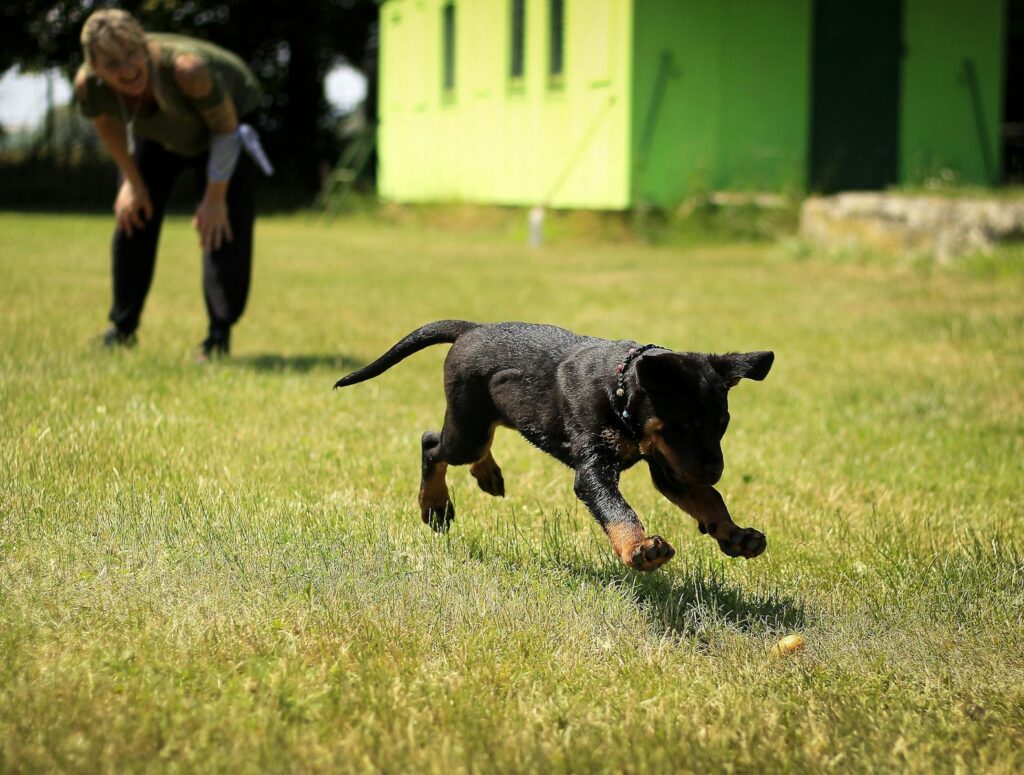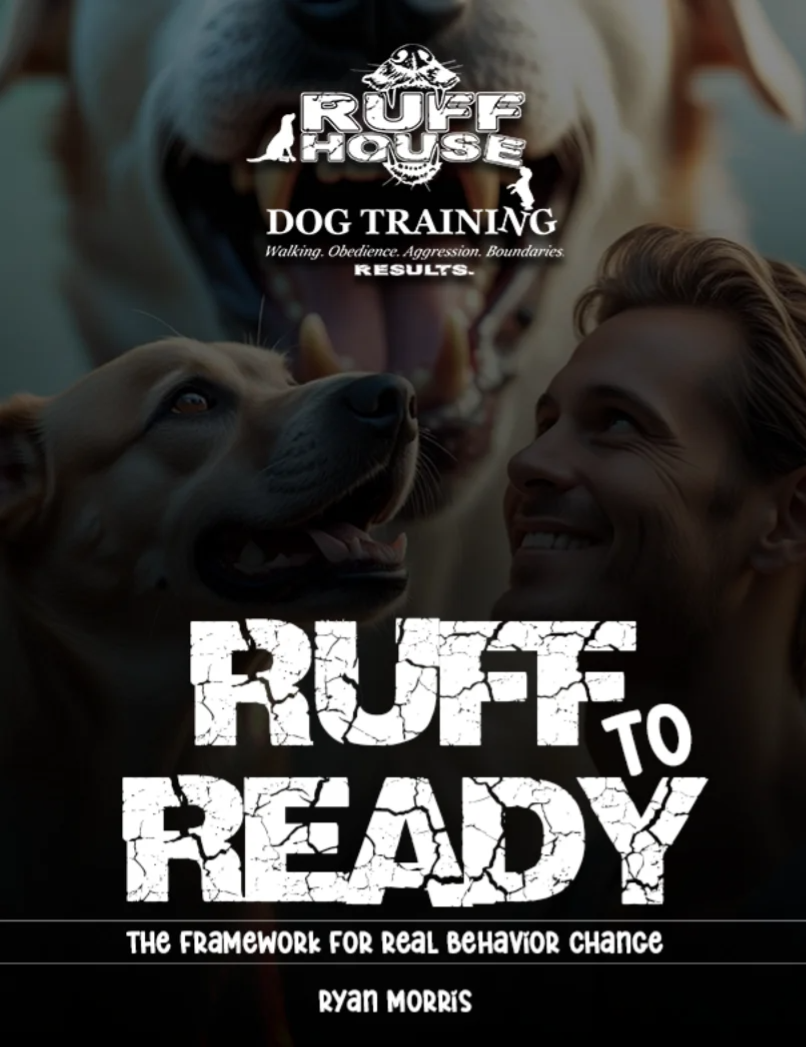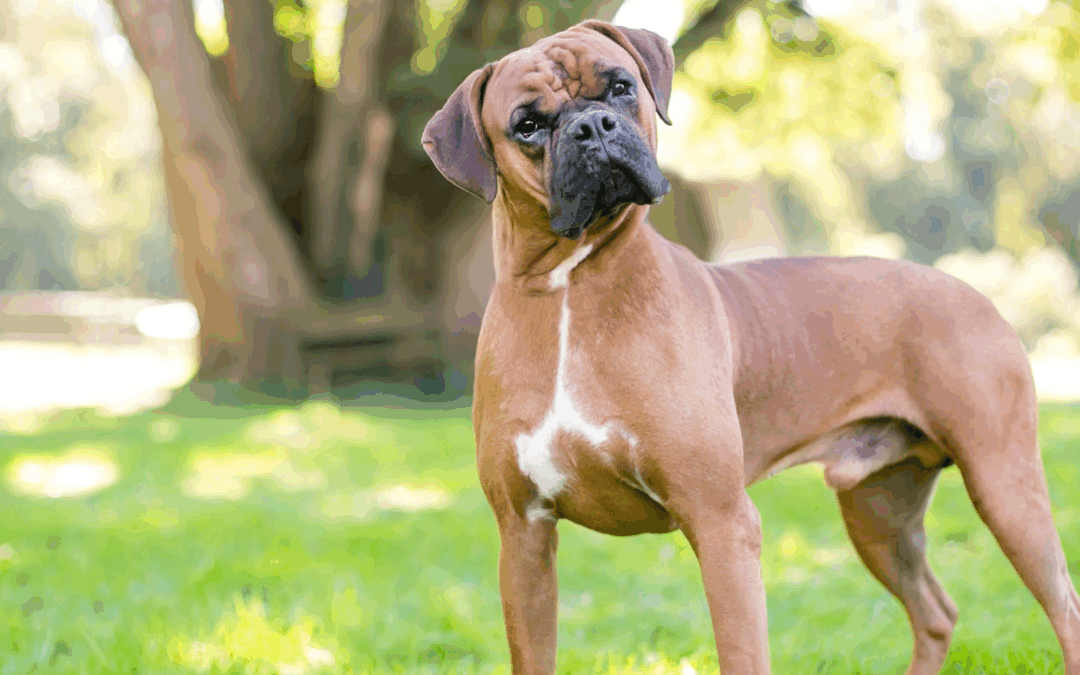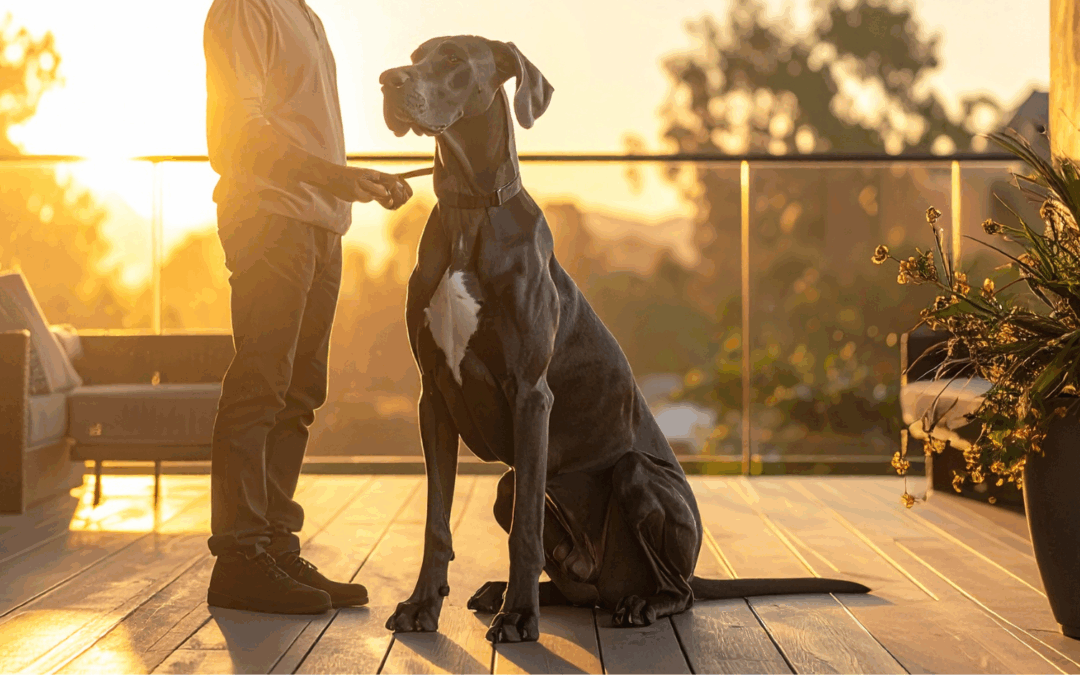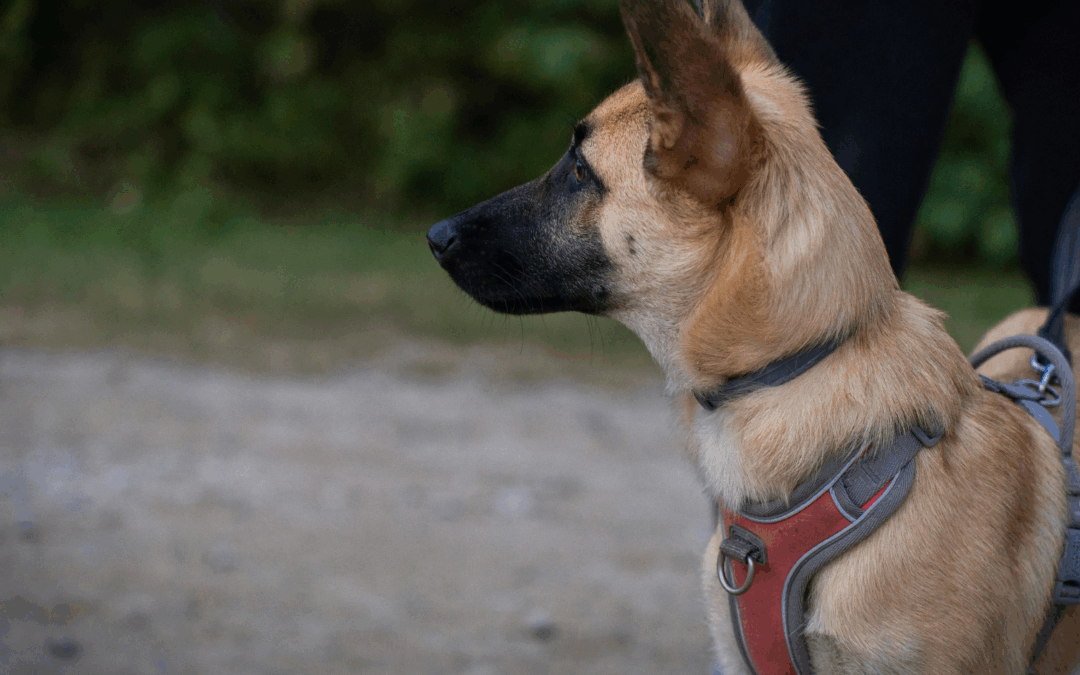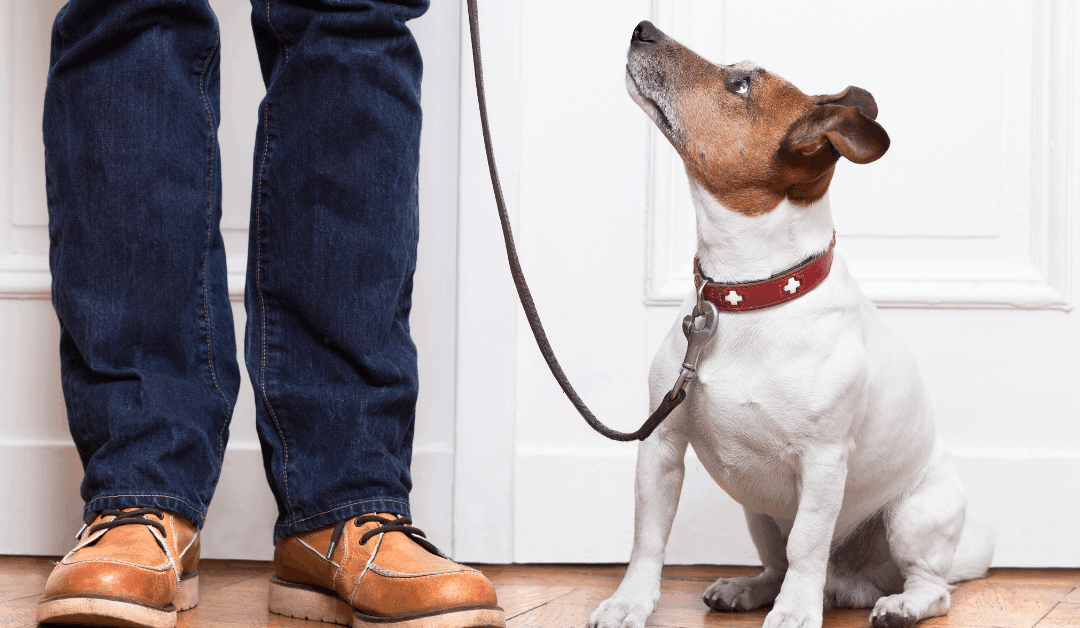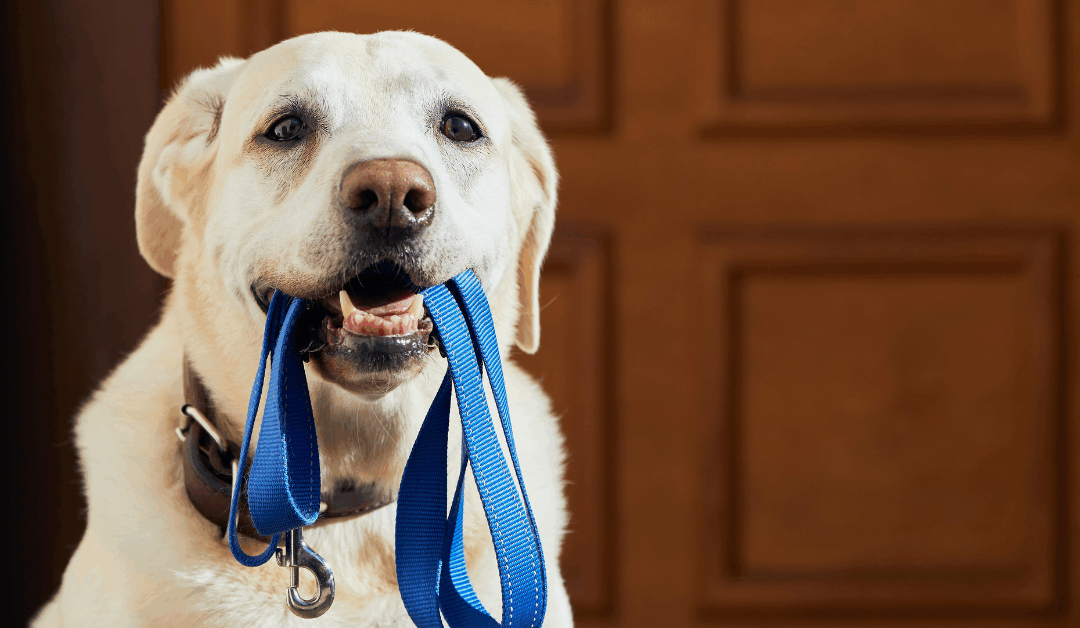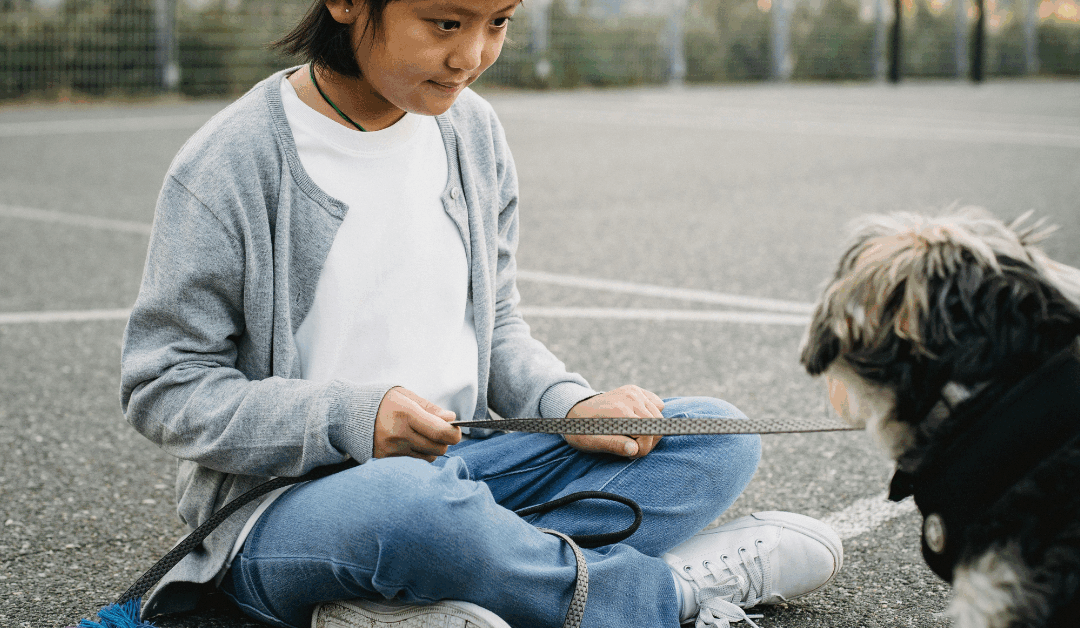Training your dog doesn’t have to feel like an uphill battle. Modern dog training techniques move beyond outdated concepts like alpha theory and the idea of the pack leader, focusing instead on science-based, humane methods. With the right approach and techniques, you can transform your furry friend into a well-behaved companion while strengthening your bond through relationship building.
Many dog owners struggle with behavioral problems, from excessive barking to ignoring basic commands, but the solution lies in understanding dog behavior and applying behavior modification strategies. Recognizing your dog’s individual needs and emotions is key. The solution also involves understanding how dogs learn and applying proven training methods consistently.
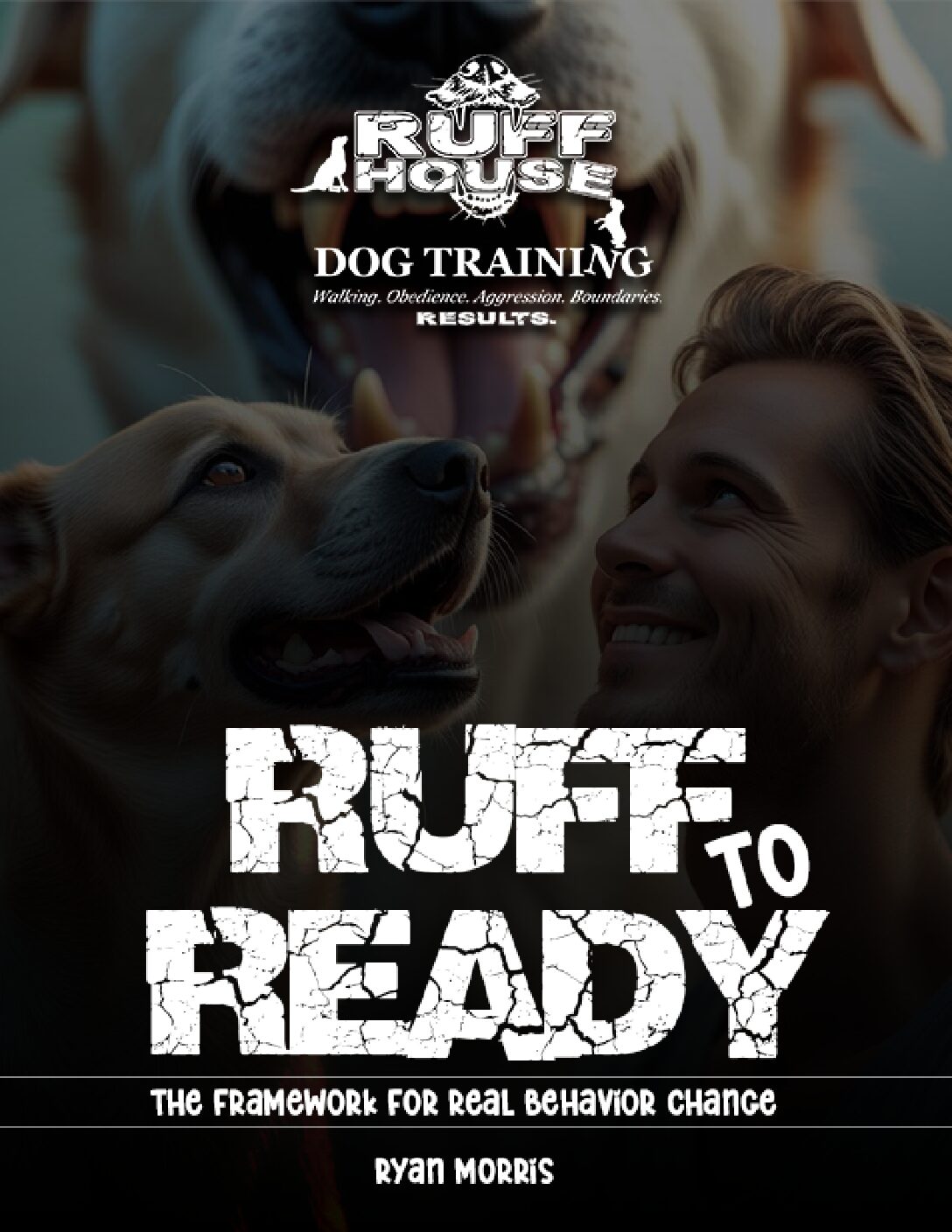
Unlock Real Behavior Change – Download Your Free Guide Now
"*" indicates required fields
This comprehensive guide explores the most effective dog training techniques backed by animal behavior science. You’ll discover why balanced training outperforms outdated methods, learn practical strategies for common behavioral issues with example scenarios to illustrate techniques, and gain insights into building a trusting relationship with your dog by understanding your dog’s feelings (dog feel) and emotional state, making training enjoyable for both you and your dog.
Introduction to Dog Training
Dog training is a vital part of responsible dog ownership, laying the foundation for a happy and harmonious life with your canine companion. By understanding the basics of dog training, you set the stage for a strong, trusting relationship with your dog. Effective dog training goes beyond simply teaching basic commands—it’s about using reinforcement techniques to encourage good behavior and prevent unwanted habits like excessive barking.
As a dog owner, your patience and consistency are key to helping your dog learn and thrive. Training is an ongoing process that shapes your dog’s behavior, builds habits, and ensures your dog becomes a well-mannered member of your family. With the right approach, you can address unwanted behavior and create a positive environment where your dog feels secure, understood, and eager to learn.
Understanding How Dogs Learn
Common Mistakes
Many well-intentioned dog owners make mistakes that slow down the training process or create confusion. One of the most common errors is inconsistency in commands or expectations. If different family members use different words for the same command, or if rules change from day to day, your dog won’t know what’s expected.
Another frequent mistake is training sessions that are too long or too intense. Dogs have limited attention spans, and training sessions should typically last 5-15 minutes for most dogs. Multiple short sessions throughout the day are more effective than one long session without shock collars.
Timing is also crucial. Rewards and corrections must happen immediately after the behavior for dogs to make the connection. It’s important to wait for the right behavior before giving a reward, so you don’t accidentally reinforce bad behavior. Delayed responses confuse dogs and slow down learning.

Working with a Professional Dog Trainer Like Those at Ruff House Dog Training
Enlisting the help of a professional dog trainer can make a world of difference for dog owners seeking to improve their dog’s behavior and obedience. A skilled dog trainer brings expertise and experience, offering personalized guidance tailored to your dog’s unique needs and temperament. Whether you’re dealing with fear, aggression, or simply want to refine your dog’s manners, a professional trainer can develop a customized training plan using balanced reinforcement techniques.
When choosing a trainer, look for someone who prioritizes balanced training and has a proven track record with dogs similar to yours. A good trainer will not only work directly with your dog but will also empower you with the knowledge and tools to continue training at home. With ongoing support and encouragement, you’ll be better equipped to overcome challenges and help your dog reach their full potential, all while building a positive and lasting relationship.
Ruff House Dog Training
While many dog owners can successfully train dogs using balanced reinforcement techniques, some situations benefit from professional negative reinforcement guidance. Professional dog trainers are skilled in behavior modification and can address complex issues such as reactivity or aggression. Their expertise, experience, and objective perspective can be invaluable for addressing complex behavioral issues.
Consider working with Ruff House Dog Training if you’re dealing with aggression, severe anxiety, or if your dog isn’t responding to your training efforts after several weeks of consistent practice. Ruff House Dog Training can also help you refine your technique and develop customized training plans for your specific situation. There is a helpful resource called the Certification Council for Professional Dog Trainers (CCPDT) that assists owners in finding qualified trainers.
Look for trainers like Ruff House Dog Training who use force-free, balanced reinforcement methods and who have credentials from recognized organizations. They will teach you how to work with your dog, not just train your dog for you.
What is The Balanced Training Method?
Balanced training is a comprehensive dog training approach that incorporates both positive and negative reinforcement to shape body language and behavior effectively and compassionately. Unlike outdated alpha theory or pack leader concepts, balanced training does not rely on dominance-based methods. Instead, it is grounded in a flexible, science-based approach. This more advanced training methodology recognizes that dogs, like humans, learn best through a combination of rewards and constructive corrections based on their actions.
Balanced training incorporates all four quadrants of operant conditioning, not just positive reinforcement, to address a broader range of behavioral issues. Positive reinforcement involves rewarding desired behaviors with food motivated treats, praise, or affection, which motivates your dog to repeat those actions. On the other hand, negative reinforcement is not about punishment but rather about using gentle corrections or removing an uncomfortable stimulus to discourage inappropriate behaviors and guide your dog toward better choices.
The goal of balanced training is to strike a harmony between these two reinforcement techniques, offering clear communication to your dog regarding what is acceptable and what is not. This balanced approach respects each dog’s unique needs and temperament, ensuring that training remains tailored and effective. Implementing balanced training builds a strong bond of trust between you and your canine companion, fostering understanding while creating a confident, well-behaved, and happy dog.
“Life is not all rainbows and unicorns.” This is a quote from head trainer, Ryan to drive the point home that learning occurs through both good and bad experiences. There are consequences in life and there is no escaping that.
Balanced Training with Ruff HDT
Ruff HDT specializes in a balanced dog training approach that incorporates both positive and negative reinforcement techniques. Ruff HDT trainers are experienced in behavior modification and relationship building, ensuring that each dog receives a flexible, individualized training plan. This method is designed to create clear communication with your dog, providing consistent boundaries while encouraging desired behaviors.
Positive reinforcement is used to reward good behavior, often through treats, toys, or verbal praise, which helps strengthen the bond between you and your dog. Negative reinforcement, on the other hand, is applied in a structured and humane manner to discourage unwanted behaviors, ensuring your dog understands the expectations clearly. Understanding your dog’s job or role during training can help tailor the approach for the best behavior outcomes.
By balancing these two methods, Ruff HDT focuses on developing a well-rounded training program tailored to your dog’s specific needs and temperament. This approach not only builds trust but also promotes long-lasting results, fostering a confident and obedient companion. Learn more about their effective training methodology at Ruff HDT.
Training Your Dog: Practical Steps for Success
Training your dog is most effective when you approach it with consistency, patience, and a focus on reinforcement. Start by choosing a quiet, distraction-free space where your dog can concentrate on you. Select a few basic commands, such as “sit” and “stay,” and practice them regularly in short, engaging training sessions. Use positive reinforcement techniques—like treats, praise, or a favorite toy—to reward your dog for good behavior and successful responses.
As your dog becomes more confident, gradually introduce new challenges by increasing the difficulty of commands or adding distractions to help them generalize their learning. Remember to keep each session fun and end on a positive note, so your dog remains enthusiastic about training. With regular practice and a motivated attitude, you’ll help your dog develop good habits, improve their behavior, and strengthen the special bond you share.
Building Long-Term Success With Dog Obedience Training
Successful dog training is a marathon, not a sprint. Building lasting behavioral changes requires patience, consistency, and a commitment to ongoing practice. Even after your dog masters basic commands, regular training sessions help maintain their skills and continue strengthening your bond.
Make training a lifelong habit by incorporating it into your daily routine. Practice commands during walks, before meals, and during play sessions. This keeps training fresh and fun while reinforcing your dog’s learning.
Remember that every dog is unique, with varying levels of intelligence, motivation, and learning styles. Progress and training outcomes can vary depending on factors like age, breed, and temperament. What works for one dog might not work for another, so be prepared to adjust your approach based on your dog’s individual needs and personality. Older dogs may require more patience and adapted training methods, and consulting a veterinarian can help ensure their training is suited to their physical capabilities.
Stay patient and celebrate small victories along the way. Acknowledge and praise the small things—minor improvements are important steps in the training process and help motivate continued progress. Training builds over time, and consistent effort will pay off in the form of a well-behaved, happy dog who enjoys learning and spending time with you.
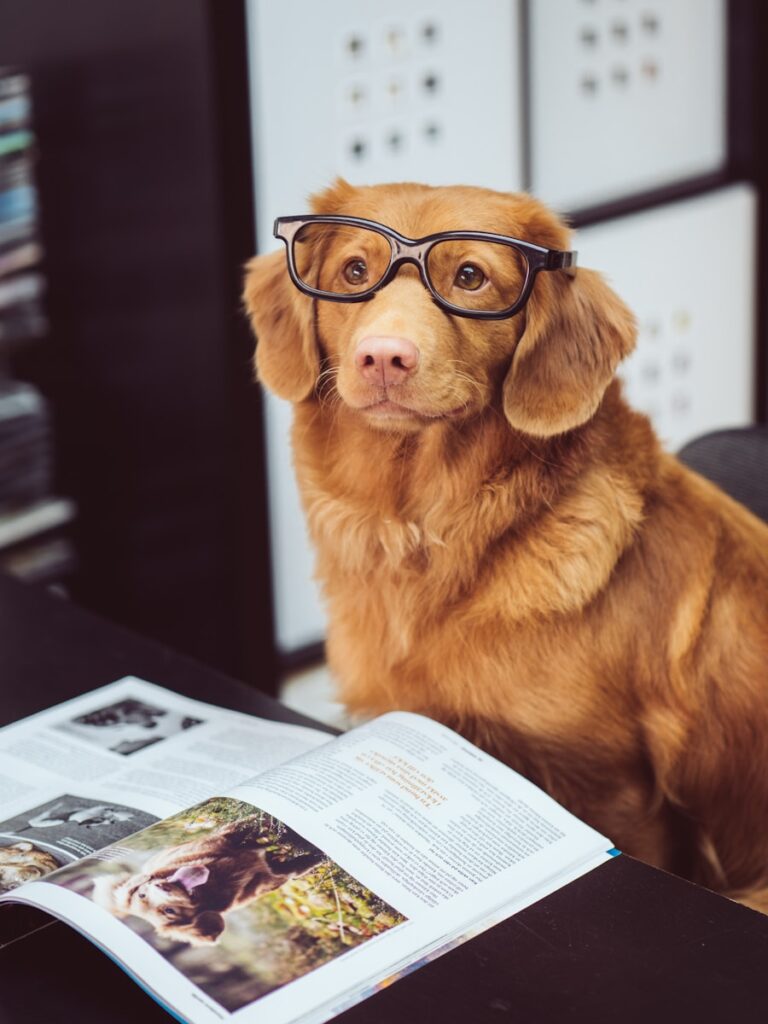
Photo by Jamie Street on Unsplash
Helpful Resources for Dog Training
Here are 2 valuable links, websites, and resources to help you on your dog training journey:
A resource called the American Kennel Club (AKC)
Visit the AKC Training Resources for expert articles, videos, and tips on obedience, puppy training, and behavioral guidance.
A resource called the Humane Society
Access the Humane Society’s Dog Training Tips for advice on using reinforcement, solving common issues, and understanding your dog’s behavior.
With these resources, you’ll have access to a wealth of information and tools to support your efforts in training your dog effectively and compassionately.
Creating a Lifetime of Learning and Fun | Dog Training Techniques
Dog obedience training is ultimately about creating an open, communicative relationship with your canine companion. Training is a journey for both you and your dog, focusing on relationship building and mutual understanding. The process is as much about educating the human as it is about training the dog. When approached with patience, consistency, and reinforcement, training becomes an enjoyable activity that strengthens your bond while addressing behavioral needs.
Remember that the goal isn’t just an obedient dog—it’s a confident, happy dog who understands their place in your family and feels secure in their environment. By using the techniques outlined in this guide and maintaining a commitment to force-free training methods, you’ll be well on your way to achieving this goal.
Start small, stay consistent, and enjoy the journey of learning together with your dog. With time and practice, both you and your dog will develop the skills and relationship that make training a rewarding experience for years to come.


